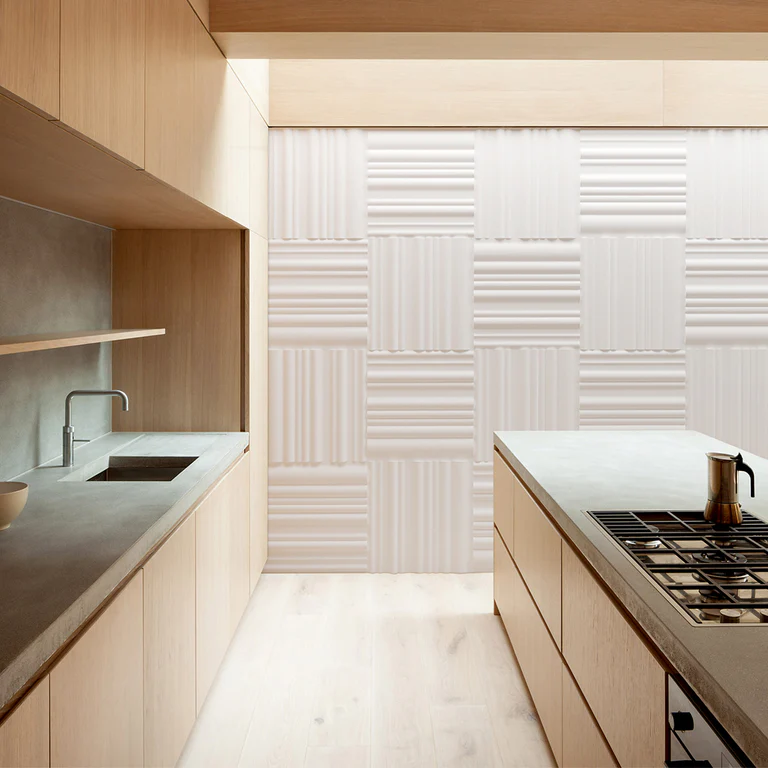
Plaster paneling has been a preferred choice for interior walls and ceilings for centuries. Its seamless finish, durability, and adaptability make it an excellent option for modern and traditional spaces alike. Whether you’re designing a luxurious home, a sophisticated office, or a charming restaurant, plaster paneling offers a versatile and elegant solution.
What is Plaster Paneling?
Plaster paneling refers to decorative or functional panels made from plaster, a material derived from gypsum, lime, or cement. These panels are used for wall cladding, ceilings, and decorative moldings, providing a refined look that can be customized to fit various architectural styles.
Benefits of Plaster Paneling
- Aesthetic Appeal: Plaster paneling provides a smooth, seamless look that enhances interior design.
- Durability: It is long-lasting, resistant to cracking, and maintains its structure for decades.
- Versatility: Plaster panels can be molded into different shapes and patterns to match any décor style.
- Fire Resistance: Plaster is naturally fire-resistant, making it a safer option for interior spaces.
- Acoustic Insulation: The material helps reduce noise, making it ideal for offices, studios, and homes.
- Eco-Friendly: Plaster is a sustainable material with minimal environmental impact.
Types of Plaster Paneling
- Traditional Plaster Panels: Hand-applied or prefabricated panels that offer a classic finish.
- Gypsum Plaster Panels: Lightweight and cost-effective, commonly used for walls and ceilings.
- Lime Plaster Panels: Breathable and eco-friendly, perfect for historical restorations.
- Cement-Based Plaster Panels: Ideal for high-traffic areas due to their robustness.
- Decorative Plaster Panels: Custom-designed for intricate detailing and ornate interiors.
Installation Process
Installing plaster paneling requires precision and expertise. Here’s a step-by-step guide:
- Surface Preparation: Ensure the wall or ceiling is clean, dry, and even.
- Measurement & Cutting: Measure the area accurately and cut the panels to fit.
- Adhesion: Apply a suitable adhesive or fix the panels using screws and plaster anchors.
- Finishing: Seal the joints with plaster compound and sand for a smooth finish.
- Painting & Sealing: Apply primer and paint or a protective sealant for longevity.
Maintenance Tips
- Regular Cleaning: Wipe with a damp cloth to remove dust and dirt.
- Avoid Harsh Chemicals: Use mild detergents to prevent damage.
- Repair Cracks Promptly: Fill small cracks with plaster compound to maintain a flawless look.
- Repaint When Necessary: Refresh the panels with paint to keep them looking new.
Conclusion
Plaster paneling is an excellent choice for those seeking elegance, durability, and versatility in interior design. Whether you’re renovating an old space or designing a new one, plaster panels offer a refined aesthetic that stands the test of time. With proper installation and maintenance, they can add sophistication and functionality to any setting.
If you want read more interesting blogs visit over website bizbuildboom